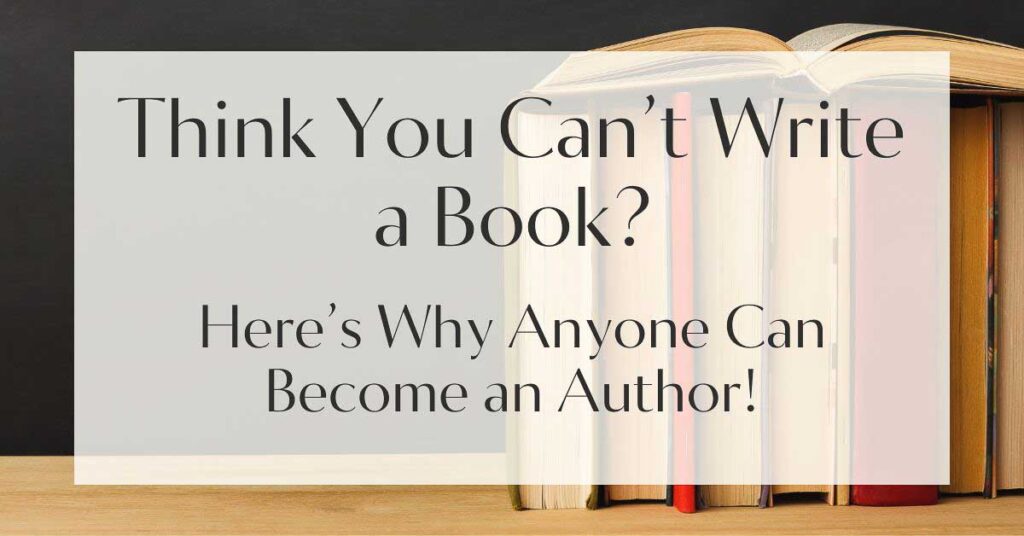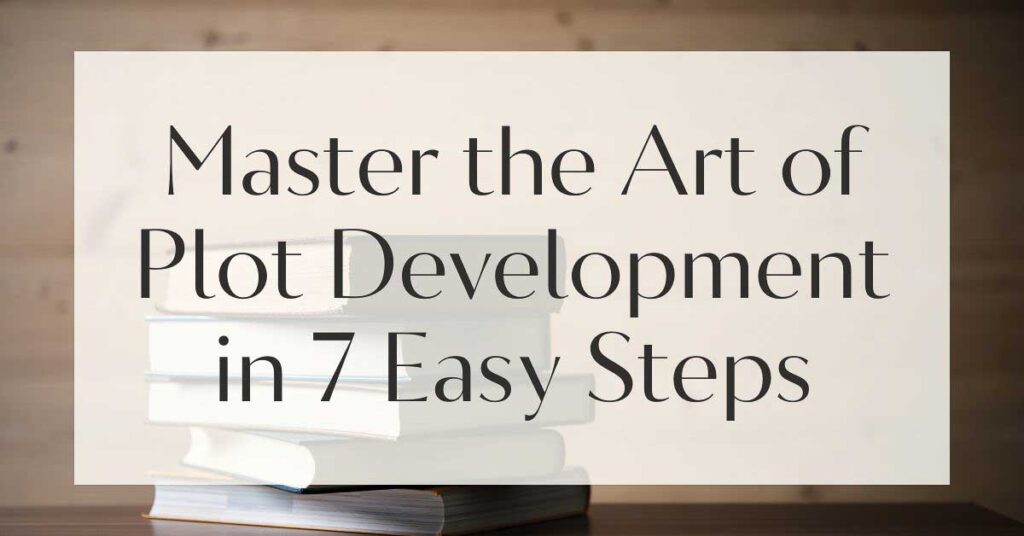Have you ever wondered what makes a character truly unforgettable? It’s often their journey through trials and triumphs, where they wrestle with deep-seated emotions. One of the most compelling aspects of character development is the exploration of forgiveness struggles in character development.
These struggles not only shape the characters but also resonate with readers on a profound level. This blog post will delve into the essential forgiveness struggles that characters must confront to achieve growth, offering insights into how these challenges can lead to healing and deeper emotional connections.
Understanding Forgiveness Struggles in Character Development
Forgiveness is not just a resolution; it’s a transformative process that adds emotional complexity in storytelling. Characters who grapple with forgiveness often embody the rich tapestry of human emotion, making them relatable and real.
In storytelling, forgiveness serves as a crucial element that fuels character growth and narrative depth. It’s a theme that transcends cultures and epochs, resonating with audiences who see reflections of their own lives in these fictional journeys.
The Role of Forgiveness in Emotional Complexity
Forgiveness is an intricate dance between the heart and mind, a struggle that reveals the emotional layers of a character. When characters are portrayed as struggling to forgive, it showcases their vulnerabilities, making them more relatable.
This struggle adds depth to the narrative, allowing readers to engage with the character’s internal conflict. As characters navigate this emotional labyrinth, they often uncover hidden strengths and weaknesses, providing a window into their psyche.
Google Docs is for notes. Scrivener is for novels. Upgrade your writing game and try it for free today!

Why Forgiveness is Essential for Character Growth
Forgiveness acts as a catalyst for change, propelling characters towards growth and self-discovery. It forces them to confront their past, acknowledge their flaws, and strive for redemption.
This journey is often fraught with challenges, but it’s through these struggles that characters evolve. As they learn to forgive themselves and others, they experience profound personal growth, leading to richer, more nuanced storytelling. Such arcs not only enhance the narrative but also provide a sense of catharsis for the audience.
The Five Key Forgiveness Struggles
1. Self-Forgiveness: The Inner Battle
Self-forgiveness is perhaps the most challenging form of forgiveness. Characters often carry the weight of their past actions, haunted by guilt and regret. This inner battle is a powerful narrative device that reveals the character’s deepest fears and insecurities.
Through self-forgiveness, characters can shed the burden of their past, allowing them to move forward and embrace change. This struggle not only enriches the character’s arc but also resonates with readers who may face similar challenges in their own lives.
To effectively portray self-forgiveness, allow your character to confront their past mistakes head-on. Create moments of introspection where they reflect on their actions and motivations. This process should be gradual, highlighting the difficulty of letting go and the courage required to forgive oneself.

2. Forgiving Others: A Journey of Vulnerability
Forgiving others requires a character to open themselves up to vulnerability and pain. This journey is often marked by a struggle to let go of anger and resentment. Characters must navigate their emotions, balancing the desire for revenge with the need for peace.
This struggle can lead to powerful moments of reconciliation and healing, both for the character and those around them. By showing this journey, writers can create a narrative that explores the complexities of human relationships and the power of empathy.
Here is a table that outlines the different stages a character might go through when forgiving others:
| Stage | Description |
|---|---|
| Denial | Refusing to acknowledge the need to forgive. |
| Anger | Feeling resentment towards the person who wronged them. |
| Bargaining | Attempting to find reasons to avoid forgiveness. |
| Acceptance | Recognizing the necessity of forgiveness for personal peace. |
| Forgiveness | Letting go of resentment and finding closure. |
3. Seeking Redemption: The Path to Healing
Redemption arcs are a staple in storytelling, offering characters a chance to make amends for their past transgressions. This journey is often long and arduous, filled with obstacles that test the character’s resolve.
As they seek redemption, characters must confront the consequences of their actions and work towards restoring broken relationships. This struggle is not only about earning forgiveness from others but also about achieving inner peace. Through redemption, characters find healing and growth, making their journey both compelling and inspiring.
4. Confronting Guilt: The Weight of the Past
Guilt can be a heavy burden, anchoring characters to their past mistakes. Confronting guilt involves a deep dive into the character’s psyche, exploring the reasons behind their actions and the impact on their conscience.
This struggle often leads to moments of self-reflection and realization, where characters come to terms with their imperfections. By addressing guilt, characters can break free from its hold, paving the way for forgiveness and growth. This internal conflict adds layers to the narrative, making it more relatable and impactful.
No marketing platform? No social following? No problem!
Publisher Rocket helps you market your debut novel like a pro.
It’s a gamechanger for debut authors – try it today!


5. Accepting Imperfection: Embracing Flaws
In a world that often demands perfection, characters must learn to accept their flaws and embrace their humanity. This struggle is about recognizing that imperfection is a part of the human experience.
By accepting their flaws, characters can let go of unrealistic expectations and find peace in their own skin. This journey towards self-acceptance is a powerful narrative thread that encourages readers to reflect on their own lives and the importance of embracing one’s true self.
When crafting a character’s journey towards self-acceptance, highlight moments of vulnerability where they confront their insecurities. Show how these moments lead to a deeper understanding of themselves and foster personal growth.
This journey should be gradual, illustrating the challenges and triumphs of embracing one’s imperfections.

Crafting Relatable Characters Through Forgiveness
Forgiveness is a tool that can be wielded to craft characters with profound emotional depth and complexity.
By integrating forgiveness struggles into character arcs, writers can create narratives that resonate on a personal and universal level. These struggles provide opportunities for characters to grow, evolve, and ultimately become more relatable to readers.
Building Emotional Depth and Complexity
Characters who grapple with forgiveness are often layered with emotional depth. These struggles reveal their vulnerabilities and strengths, painting a realistic picture of the human condition.
By exploring these complex emotions, writers can create characters that are multi-dimensional and relatable. This emotional complexity not only enhances the narrative but also allows readers to connect with the characters on a deeper level.
Using Forgiveness as a Narrative Device
Forgiveness can serve as a powerful narrative device, driving the plot forward and adding tension and resolution to the story. It can create pivotal moments that define a character’s journey, offering opportunities for transformation and growth.
By weaving forgiveness into the narrative, writers can explore themes of redemption, healing, and human connection, enriching the story and leaving a lasting impact on readers.
To effectively use forgiveness as a narrative device, introduce conflicts that challenge the character’s ability to forgive. Create situations that force them to confront their emotions and make difficult choices.
This will add tension to the narrative and provide a satisfying resolution as the character navigates their path to forgiveness.
Feeling lost with your debut novel?
Fiverr Pro connects you with expert editors, designers, and marketers – everything you need to get your book ready for success!

Techniques for Writing Forgiveness Arcs
Writing forgiveness arcs requires a delicate balance of conflict and resolution. These arcs are about more than just forgiveness; they’re about transformation and growth. By employing specific techniques, writers can craft arcs that are engaging and meaningful.
Creating Conflict and Resolution
Conflict is the heartbeat of any story, and forgiveness arcs are no exception. Introduce conflicts that test the character’s capacity for forgiveness, whether it’s internal struggles or external pressures.
These conflicts should push the character to their limits, forcing them to confront their emotions and make pivotal decisions. The resolution should be satisfying, offering a sense of closure and growth for the character.
Utilizing Symbolism and Themes
Symbolism and themes can add layers of meaning to forgiveness arcs, enriching the narrative and providing depth to the character’s journey.
Use symbols to represent the character’s struggles and growth, such as a broken object that is mended over time. Themes of redemption, healing, and self-discovery can be woven into the narrative, creating a cohesive and impactful story.

The Impact of Forgiveness on Reader Engagement
Forgiveness struggles not only enhance character development but also increase reader engagement.
These struggles evoke empathy, allowing readers to connect with the characters on an emotional level. By exploring themes of forgiveness, writers can create narratives that resonate with readers long after the story ends.
Fostering Empathy Through Character Journeys
Forgiveness arcs offer a window into the character’s soul, revealing their innermost thoughts and emotions. This transparency fosters empathy, allowing readers to walk alongside the character on their journey.
As readers witness the character’s struggles and triumphs, they become emotionally invested in the story, creating a powerful connection that enhances the reading experience.
Engaging Readers with Emotional Arcs
Emotional arcs that revolve around forgiveness are inherently engaging, as they tap into universal themes of healing and redemption.
These arcs provide a narrative that is both relatable and compelling, drawing readers into the story. By crafting emotional arcs that resonate with readers, writers can create a narrative that is both impactful and memorable.
Exploring Real-Life Implications of Forgiveness in Fiction
Forgiveness in fiction mirrors the complexities of real life, offering insights into the human experience. By exploring forgiveness struggles, writers can encourage readers to reflect on their own lives and the importance of forgiveness.
Lessons from Characters’ Journeys
Characters who navigate forgiveness struggles offer valuable lessons about resilience, empathy, and personal growth.
Their journeys provide a blueprint for overcoming adversity and embracing change. By examining these narratives, readers can gain a deeper understanding of the power of forgiveness and its impact on personal development.
Encouraging Readers to Reflect on Their Own Experiences
Forgiveness arcs invite readers to reflect on their own lives, prompting them to consider the role of forgiveness in their personal journeys.
By engaging with these narratives, readers can explore their own emotions and experiences, fostering a sense of introspection and self-awareness. This reflection can lead to personal growth and a greater appreciation for the complexities of the human experience.








